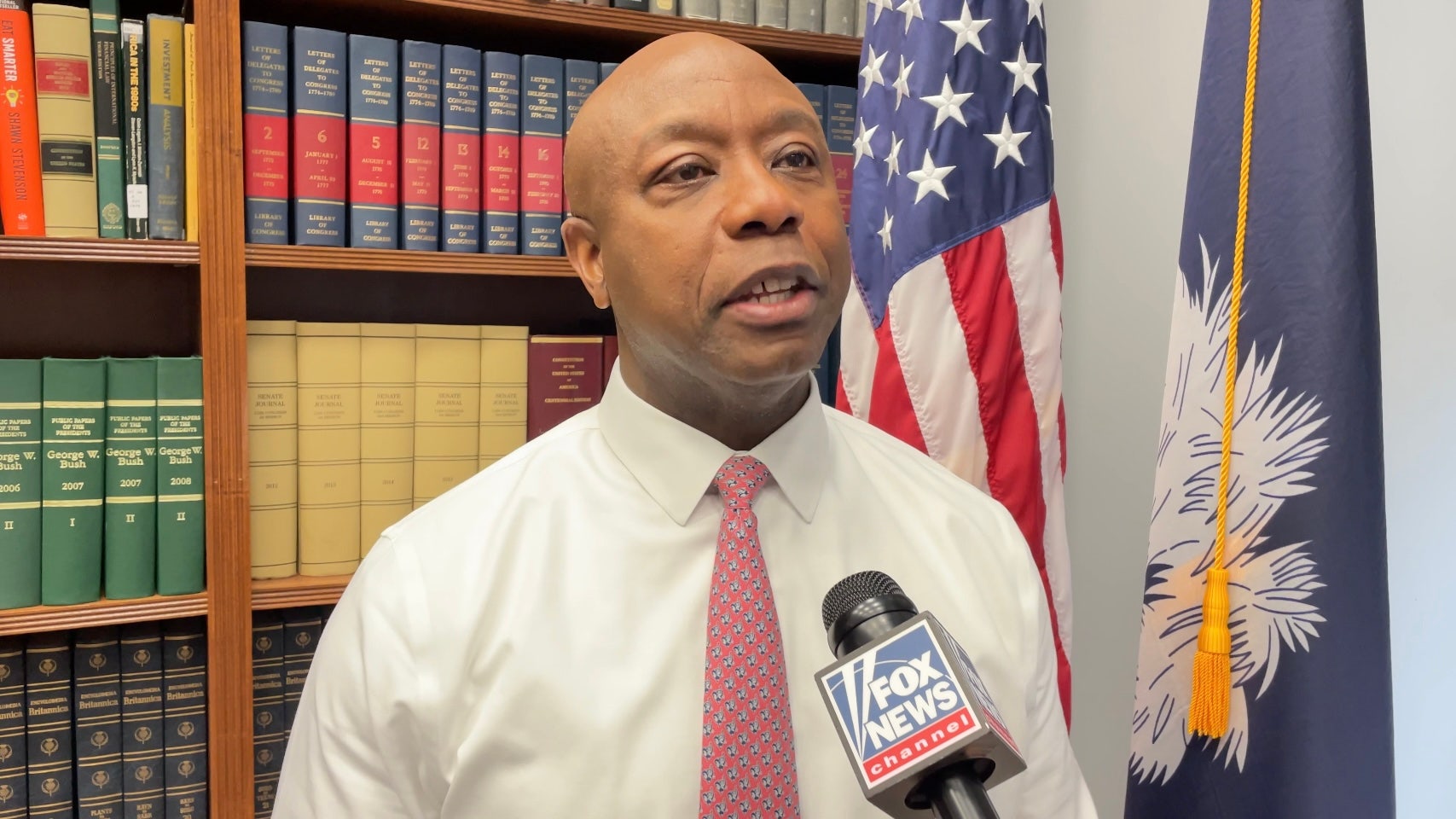Politics
NRSC chair reveals how many GOP Senate seats he’s gunning for during 2026 midterms

Sen. Tim Scott’s 55-Seat Strategy: An Ambitious Plan for GOP Senate Dominance
Introduction: Ambitious Goal for Senate Expansion
Sen. Tim Scott, a Republican from South Carolina and new chair of the National Republican Senatorial Committee (NRSC), has set an ambitious goal to expand the GOP’s Senate majority from 53 to 55 seats. His strategy, dubbed the "55-seat strategy," involves both defending current seats and aggressively targeting vulnerable Democratic-held seats across key states.
Targeting Vulnerable Democratic Seats
The GOP is focusing on several states where Democratic incumbents are either retiring or considered vulnerable. Michigan, Georgia, and Minnesota are top targets. In Michigan, Sen. Gary Peters’ retirement opens a crucial opportunity. Georgia’s Sen. Jon Ossoff is seen as vulnerable, and Minnesota’s Sen. Tina Smith is not seeking re-election, offering the GOP a chance to gain a seat in a state where Trump performed better than expected.
Defending Vulnerable Republican Seats
While on the offense in Democratic-leaning states, the GOP must also defend seats in traditionally Republican or battleground states. Maine and North Carolina are critical, with Sens. Susan Collins and Thom Tillis up for re-election. The NRSC is prepared to invest heavily, anticipating over $1 billion in spending across these races, to protect these seats and maintain their majority.
Leveraging Trump’s Influence and Fundraising Prowess
Central to Scott’s strategy is aligning GOP candidates with President Trump’s brand, leveraging his influence to mobilize the base. This approach aims to capitalize on Trump’s popularity in key regions, though it risks alienating moderate voters. The NRSC’s strong fundraising, with a record $8.5 million in January, underscores their financial readiness to support candidates and defend seats.
Strategic Primary Involvement
Learning from past cycles, where the NRSC’s approach to primaries was criticized, Scott plans a state-by-state strategy. This flexible approach allows for more involvement where beneficial, ensuring that the GOP fields strong candidates in competitive races.
Conclusion: A Balanced Strategy for GOP Success
Sen. Scott’s 55-seat strategy balances offense and defense, targeting key states and leveraging Trump’s influence while maintaining strong financial backing. Success will depend on effective candidate recruitment, strategic primary involvement, and adaptability to the evolving political landscape. As the 2026 elections approach, the NRSC’s ability to execute this strategy will be crucial in achieving their ambitious goal.


















